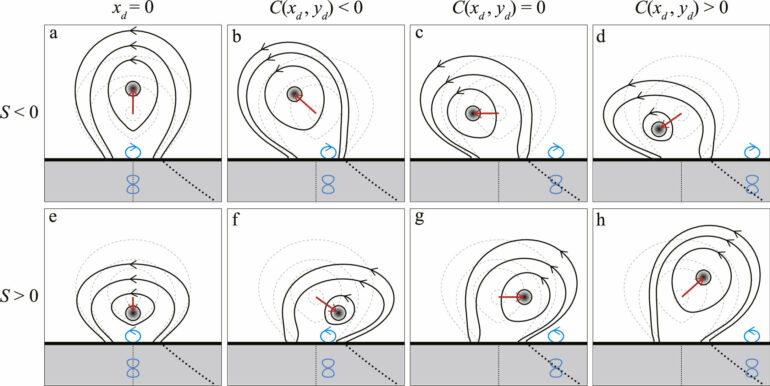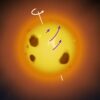A study published in The Astrophysical Journal Letters, introduces a newly defined “filament channel” function. This new function provides a novel theoretical foundation for predicting solar eruptions by determining whether new emerging flux (NEF) can trigger instability in solar filaments. The study was led by Prof. Lin Jun from the Yunnan Observatories of the Chinese Academy of Sciences.
NEF is a mechanism that triggers solar eruptions, but its specific processes remain poorly understood. To investigate this, the researchers used a two-dimensional model to analyze the impact of the NEF’s polarity, position, and strength on the evolution of the coronal magnetic configuration.
This configuration includes an electric current-carrying flux rope, which models the filament. The background magnetic field was produced by a dipolar magnetic source beneath the photosphere, and the NEF was represented by another dipole below the photosphere.
The researchers revealed a filament channel function (C) that classifies the region where NEF occurs into three zones: within the channel (C < 0), on the channel boundary (C = 0), and outside the channel (C > 0). The study showed that the system’s evolutionary behaviors depend on the strength, position, and polarity of NEF, and this dependence can be described in a unified manner.
Specifically, when C < 0 (indicating that NEF occurs within the channel), the flux rope moves upward if the polarity of NEF differs from that of the background field, and downward if the polarities are the same. When C > 0 (indicating that NEF occurs outside the channel), the flux rope moves downward. When C = 0 (indicating that NEF occurs on the channel boundary), the flux rope moves horizontally.
This simple criterion connects the filament’s early evolution and its potential catastrophic features to the NEF behaviors. It provides a unified criterion governed by the sign of C, which allows one to predict how the system will evolve from the outset, whether a catastrophe will occur, and how the resulting coronal mass ejection will propagate.
More information:
Yuhao Chen et al, Theoretical Studies on the Evolution of Solar Filaments in Response to New Emerging Flux, The Astrophysical Journal Letters (2024). DOI: 10.3847/2041-8213/ad94ea
Provided by
Chinese Academy of Sciences
Citation:
Researchers introduce new ‘filament channel’ function to predict solar eruptions triggered by emerging flux (2025, January 7)



